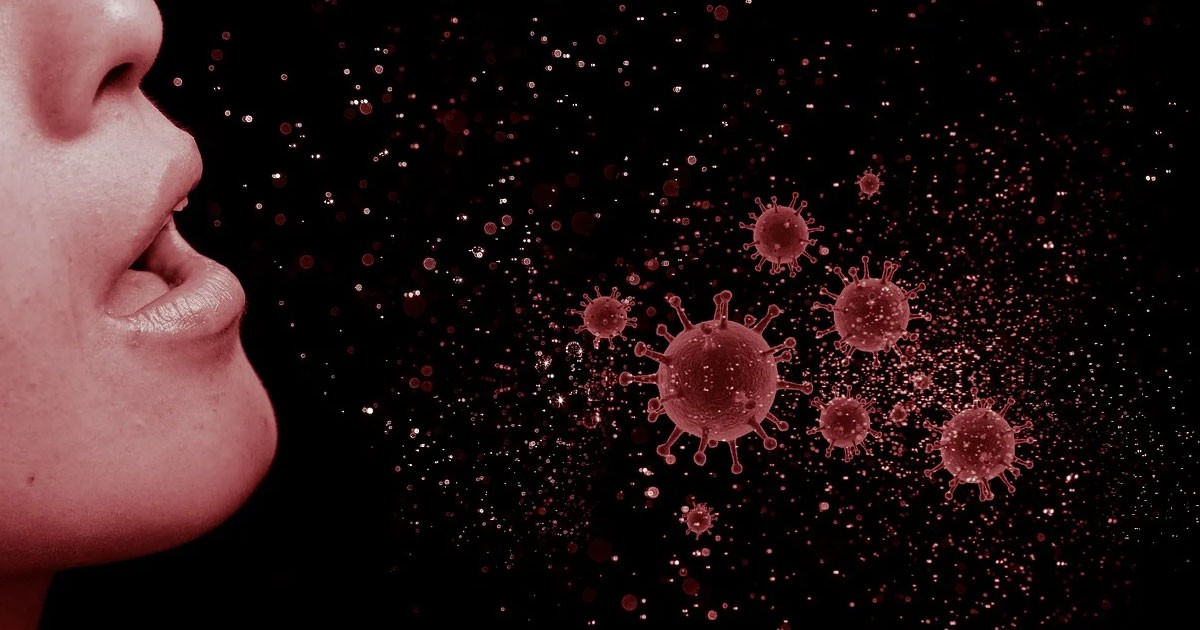
Here are some key points on preventing and managing whooping cough, especially considering the recent outbreak in China. Remember, early diagnosis, vaccination, and proper management are essential to control the spread of whooping cough. Stay informed and take necessary precautions!
Vaccination:
- Primary doses of the whooping cough vaccine should be administered at 6, 10, and 14 weeks for infants.
- Booster doses are essential to maintain immunity. General hygiene practices, such as handwashing, are crucial.
Symptoms:
- Whooping cough presents with symptoms like runny nose, dry cough (which sounds like a whoop), fever, sneezing, and watery eyes.
- It is characterized by severe coughing fits, followed by a distinctive ‘whooping’ sound as the affected person gasps for air. The cough tends to worsen over time rather than improve.
Transmission:
- The infection spreads easily through respiratory droplets produced during coughing or sneezing.
- Cover your mouth when coughing or sneezing to prevent transmission.
Complications:
- Whooping cough can lead to serious complications like pneumonia, seizures, and brain damage.
- Post-cough vomiting is also common.
Treatment:
- Antibiotics are recommended for infected individuals. Avoid cough medicine unless prescribed by a doctor.
- Keep your home free from irritants that trigger coughing, such as smoke, dust, and chemical fumes.
Home Remedies:
- Stay hydrated to soothe the throat.
- Use a mist vaporizer to ease coughing.
- Practice proper hand hygiene.
- Eat frequent small meals to prevent vomiting.
- Avoid coughing triggers like smoke and allergens
